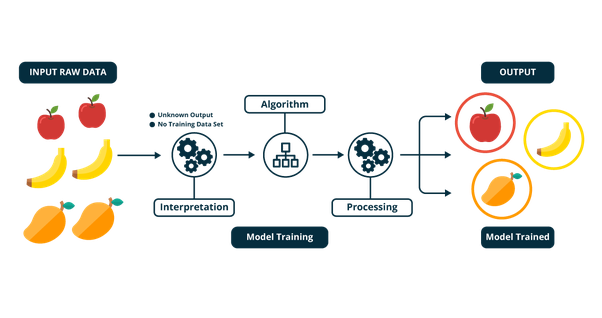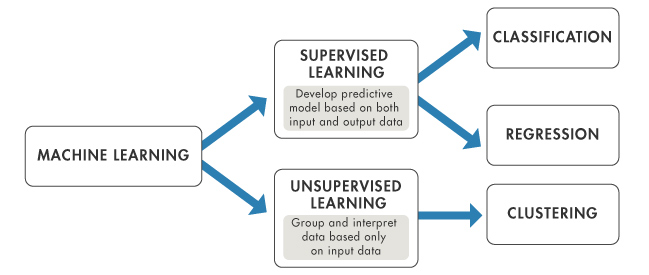EP 2. APPROACHES TO MACHINE LEARNING:
EP2. Approaches to Machine Learning:
Today Lets get started with the approaches in ML.
- Machine Learning techniques are required to improve the accuracy of predictive models. There are actually different techniques used on different data and analysis stuff.
- SUPERVISED LEARNING: Supervised Learning typically starts with a well-addressed data and a certain understanding of how the data is classified. We actually give the well-structured data and apply machine learning algorithm we will get the output. So indirectly, we are telling the machine how the output will be like and what should we get actually from that. We actually tell the machine how to get the predictions for us.
- The above picture represents the supervised learning.
- There are 2 types of Supervised Learning: 1>CLASSIFICATION 2>REGRESSION
- For example when you consider a patient is to verify if he is actually suffering from cancer or not: we actually use the classification technique so the machine will predict that whether the person is benign(Not harmful) and Malignant(harmful). This type of supervised learning algorithm is used many times in our day and its very important one! The output is discrete-valued output which is like 0 or 1 etc.
Here it is divided into 2 parts where the RED dots represent benign and the BLUE dots represent malignant.
- For example when you want to find the housing prices of an area then we will get lots of results i.e it is based on many factors and we actually get is continuous-valued output like when you actually consider an area and it varies based on the luxuries provided with that and you also get a different money call from a broker and it will reduce if you buy it from your friend. So we use quadratic functions and many others to get the desired price and the customer, as well as seller, should be satisfied with the decision they made so that's why we say regression is continuous-valued output!
- The below graph represents the budget and sales and based on the data we have drawn a hypothesis(red colour line) to get our desired output.

AUTHOR: Kaushik Tummalapalli
So In the next eposide, we will be looking closely about unsupervised learning. Have a Nice Day!
Thank You,



Comments
Post a Comment